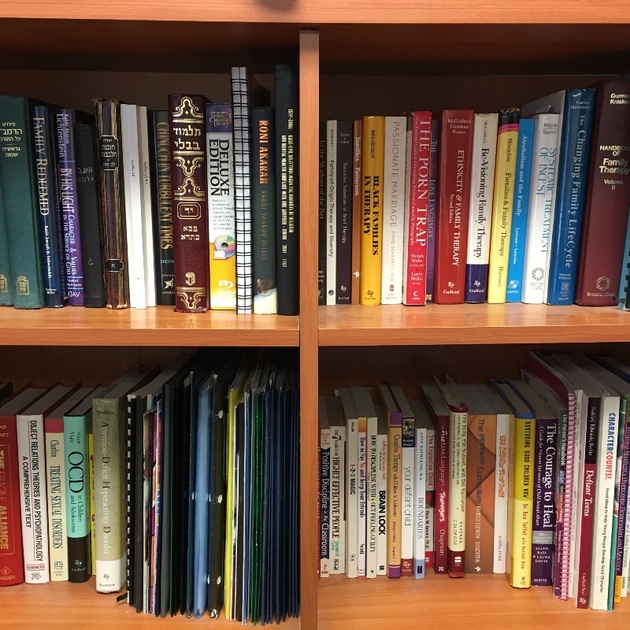
As we stand in the midst of the Aseres Yemai Teshuvah, the ten days of repentance that stretch from Rosh Hashanah to Yom Kippur, many of us likely recall what we’ve been taught, over the years, about Teshuvah. For some of us, the lessons remain deeply moving. Others may be burdened by painful memories - the baggage of repeated failure. Yet others may feel unable to relate to Teshuvah, having been numbed to and by the process.
There are actually two distinct models for Teshuvah; they are almost polar opposites.
Many works of Jewish ethics/Mussar insist that Teshuvah is a process that is beyond rational understanding. Someone who’s sinned, particularly against G-d, has acted brazenly. Moreover he has damaged the very fabric of the universe. How can one possibly undo what has already been done?
The authors of these works remind us that this is the miracle of Teshuvah. We are being given an opportunity to turn back the clock, as it were. Moreover, anyone who does not seize the opportunity to do Teshuvah, is compounding the very sin she committed.
Ibn Pakudah, the 11th Century ethicist approaches Teshuvah differently. He argues that Teshuvah, for transgressions of any sort, is very much a rational process. He starts, by noting that all humans are created as imperfect beings. They/we are burdened with internal conflict and with (in the least, subtly) shifting motivations. Human beings are, thus, expected to make mistakes – even big ones.
Teshuvah is the process of relationship repair that G-d has accordingly woven into the fabric of our universe. It is what allows us to move forward, through the discomfort of ruptures, feeling our way toward wholeness and repair.
Ibn Pakudah further reminds us that were Person A to damage his relationship with Person B, he would face three logical steps for meaningfully mending the connection.
- Acknowledging he made choices that harmed Person B and/or their relationship.
- Opening himself up to feeling remorse – both for the choices he made and the damage he wrought – and confiding this to Person B.
- Taking the steps necessary to prevent “relapse” – that is a repeat offense.
According to Ibn Pakudah, when Person A engages in the above steps organically, with genuineness and sincerity, then Person B will likely be open to embarking on her own process of healing and forgiving.
And so it is, with G-d, writes Ibn Pakudah: When we engage in a processes that includes acknowledgment, remorse, and relapse prevention, we are creating the conditions that allow G-d to welcome us back.
To summarize Ibn Pakudah’s position:
- Human beings are imperfect.
- Teshuvah was created to address the damage humans inevitably cause, in their relationships, whether with other humans or with G-d.
- The steps of Teshuvah, between person and G-d – Vidui, Charatah, and Kabbalah al Lehabah – parallel the manner that someone who harmed his connection with another person would go about, to mend that relationship.
May we find our way back, whether through the more widely known model of Teshuvah or through Ibn Pakudah’s model, and fix our fractured relationships.
 Previous
Previous

